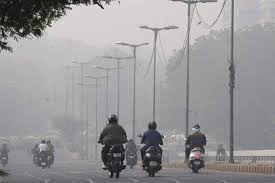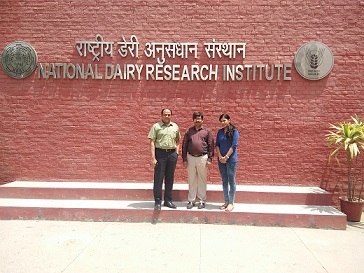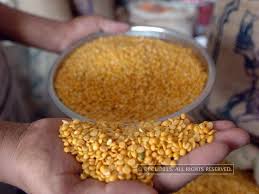T he Commonwealth Games (CWG) which India hosted in 2010 may have been forgotten for various reasons but one of its legacy projects is thriving and helping citizens with air quality information.The project known as “System of Air Quality and Weather Forecasting and Research” or SAFAR-India, initiated by the Ministry of Earth Sciences, provides location specific information on air quality in near real-time and forecasts up to three days. It was introduced in the national capital during the games, and later on in Mumbai and Pune. On Friday, the service will be launched in Ahmedabad and Gandhinagar.
The system has been developed by the Indian Institute of Tropical Meteorology, Pune along with India Meteorological Department (IMD). It is being implemented in various cities in collaboration with local authorities. The system synthesizes data on sources of air pollution, its transport over neighbouring states, modelling processes, its impact on public health,food, regional climate, to arrive on information products useful to government agencies as well as citizens. The information to citizens is available through a mobile application and from project website.
In Ahmedabad, SAFAR will form a part of the city’s health risk awareness and communication plan. Information about air quality will be disseminated through a variety of communication modes to people so that they are better prepared. “The central aim of this project is to help people to create healthier communities, more secure from the adverse effect of air pollution. Through information and advisories provided under SAFAR, we can save air pollution related stress,” said Dr GufranBeig, project director. A pilot study carried out in Pune has shown that SAFAR- based advisory service could result in saving of up to Rs 371.32 Crores in five years by way of health costs.

“To make the forecast accurate one need robust database of each and every air pollution source located in the city area and its geographical distribution over the region. This task has been achieved in each SAFAR city by developing high resolution emission inventories for various air pollutants,” explained Dr Beig.
Each of the cities where the system is operational has a dense observational network of ten Air Quality Monitoring Stations and 30 Automatic Weather Stations which continuously monitor an array of ambient concentration pollutants, besides parameters like temperature, humidity, wind speed, wind direction, rainfall and UV radiation. The network covers different microenvironments such as industrial area, residential area, background site, urban down town area, up wind and downwind area, commercial area and agricultural area, so that readings are biased towards any specific air pollution source.
The project is also developing an inventory of pollutants. “To make the forecast accurate one need robust database of each and every air pollution source located in the city area and its geographical distribution over the region. This task has been achieved in each SAFAR city by developing high resolution emission inventories for various air pollutants,” explained Dr Beig. (India Science Wire)




